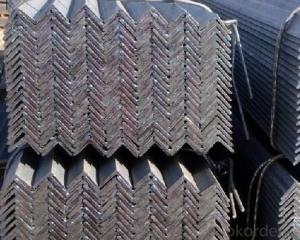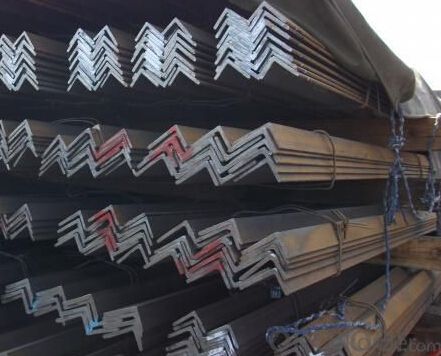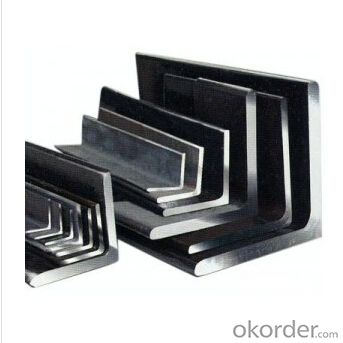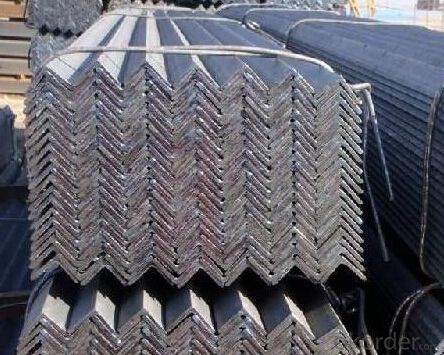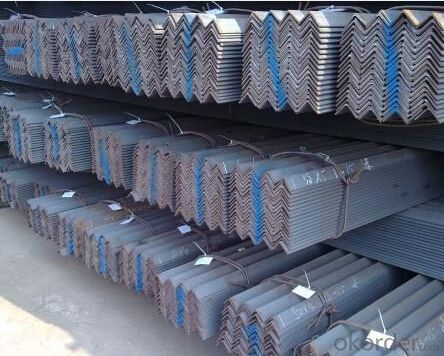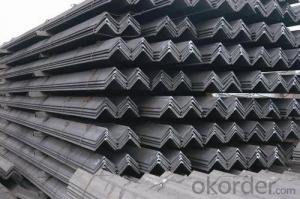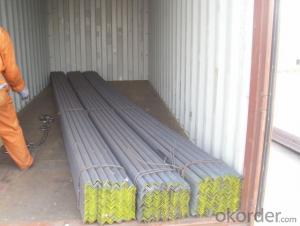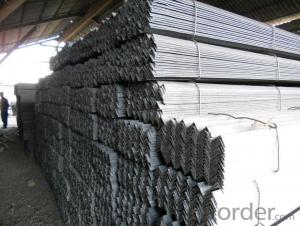Specifications of GB Q235 Equal Angle Steel or Uneual angle
- Loading Port:
- Tianjin
- Payment Terms:
- TT OR LC
- Min Order Qty:
- 100 m.t.
- Supply Capability:
- 10000 m.t./month
OKorder Service Pledge
OKorder Financial Service
You Might Also Like
1. Structure of Angle Steel Description
Angle steel has equal angle, unequal angle. Standards: GB,ASTM,BS,AISI,DIN,JIS Material:Material: GB Q235B, Q345B or Equivalent; ASTM A36; EN 10025, S235JR, S355JR; JIS G3192, SS400; SS540.
Sizes:
Sizes: 25mm-250mm | ||
a*t | ||
25*2.5-4.0 | 70*6.0-9.0 | 130*9.0-15 |
30*2.5-6.6 | 75*6.0-9.0 | 140*10-14 |
36*3.0-5.0 | 80*5.0-10 | 150*10-20 |
38*2.3-6.0 | 90*7.0-10 | 160*10-16 |
40*3.0-5.0 | 100*6.0-12 | 175*12-15 |
45*4.0-6.0 | 110*8.0-10 | 180*12-18 |
50*4.0-6.0 | 120*6.0-15 | 200*14-25 |
60*4.0-8.0 | 125*8.0-14 | 250*25 |
Material details:
Alloy No | Grade | Element (%) | |||||
C | Mn | S | P | Si | |||
|
|
|
|
|
|
| |
Q235 | B | 0.12—0.20 | 0.3—0.7 | ≤0.045 | ≤0.045 | ≤0.3 | |
|
|
|
|
|
|
| |
Alloy No | Grade | Yielding strength point( Mpa) | |||||
Thickness (mm) | |||||||
≤16 | >16--40 | >40--60 | >60--100 | ||||
≥ | |||||||
|
|
|
|
|
| ||
Q235 | B | 235 | 225 | 215 | 205 | ||
Alloy No | Grade | Tensile strength (Mpa) | Elongation after fracture (%) | ||||
Thickness (mm) | |||||||
| ≤16 | >16--40 | >40--60 | >60--100 | |||
≥ | |||||||
|
|
|
|
|
|
| |
Q235 | B | 375--500 | 26 | 25 | 24 | 23 | |
2.Main Features of angle steel
Broad-spectrum
High quantity
High strength
3.Usage & Applications of GB Q235 Angle Steel
Trusses
Transmission towers;
Telecommunication towers;
Bracing for general structures;
Stiffeners in structural use.
4.Packaging & Delivery of GB Q235 Angle Steel
Transportation: the goods are delivered by truck from mill to loading port, the maximum quantity can be loaded is around 40MTs by each truck. If the order quantity cannot reach the full truck loaded, the transportation cost per ton will be little higher than full load.With bundles and load in 20 feet/40 feet container, or by bulk cargo, also we could do as customer's request.
Marks:
Color mark: There will be color marking on both end of the bundle for the cargo delivered by bulk vessel. That makes it easily to distinguish at the destination port.
Tag mark: There will be tag mark tied up on the bundles. The information usually including supplier logo and name, product name, made in China, shipping marks and other information request by the customer.
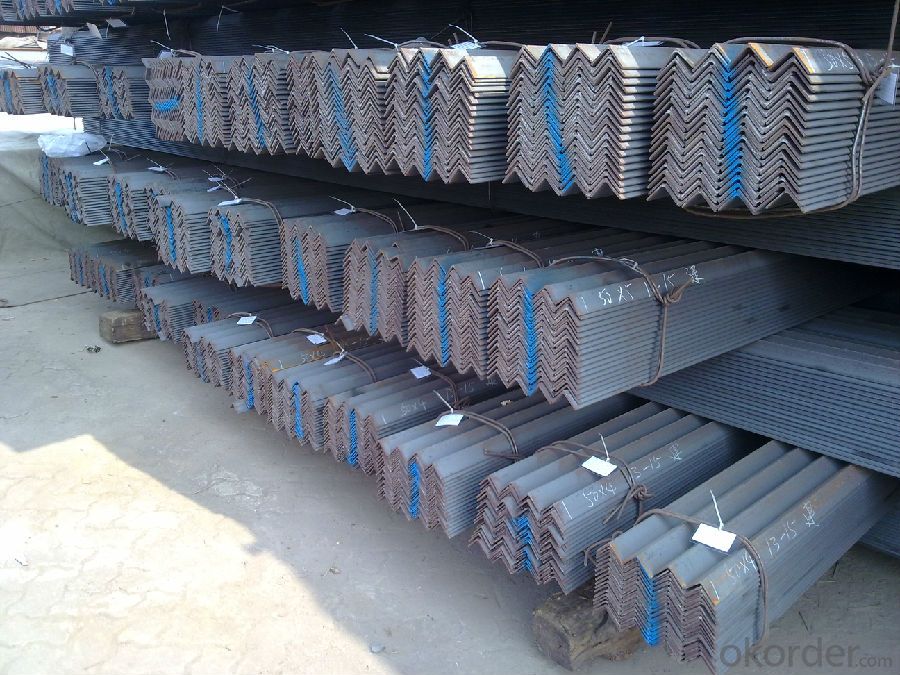
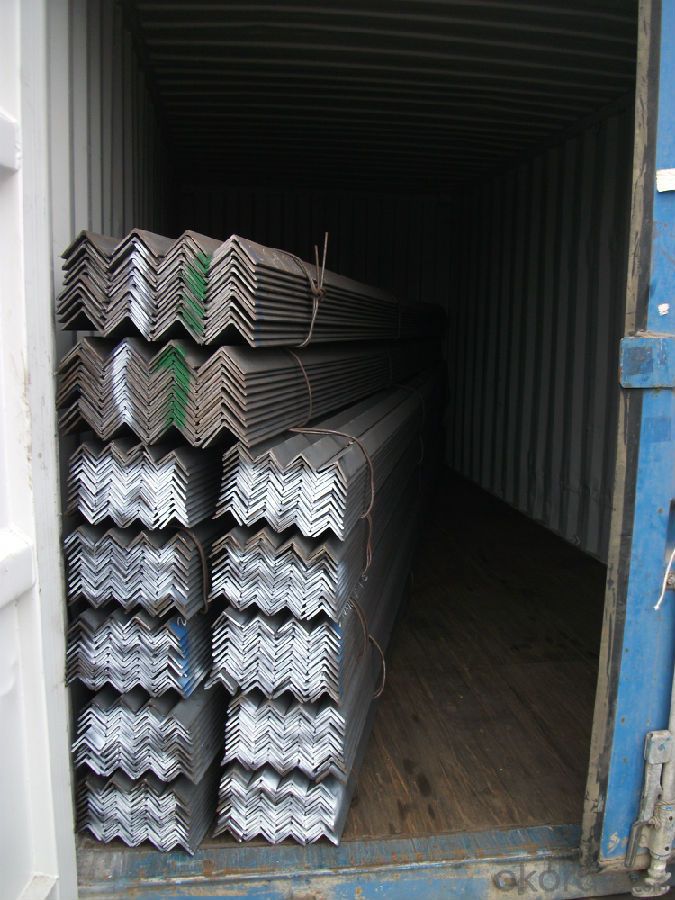
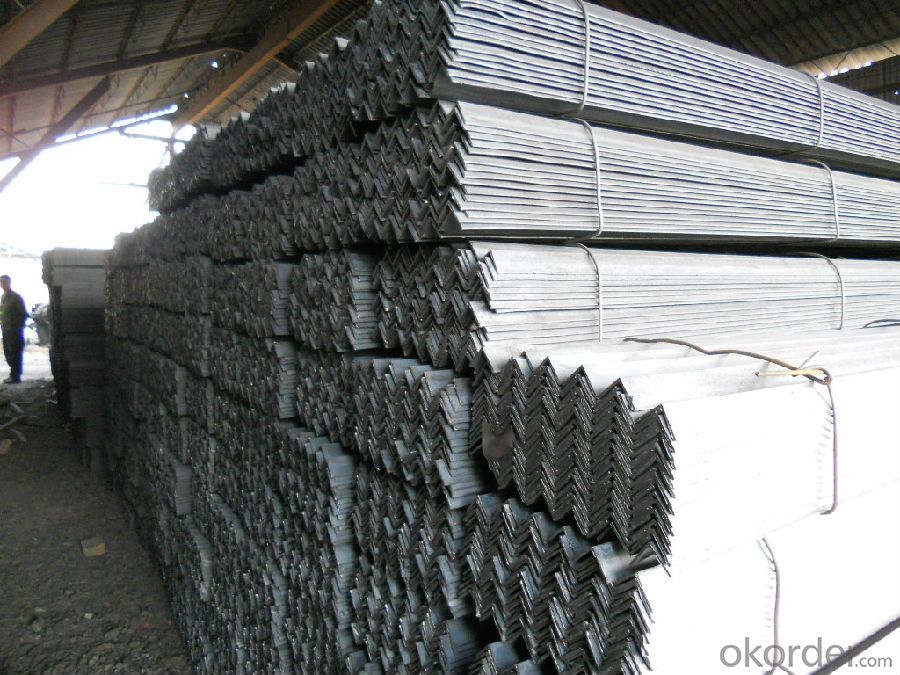
5.FAQ
We have organized several common questions for our clients,may help you sincerely:
①How about your company?
A world class manufacturer & supplier of castings forging in carbon steel and alloy steel,is one of the large-scale professional investment casting production bases in China,consisting of both casting foundry forging and machining factory. Annually more than 8000 tons Precision casting and forging parts are exported to markets in Europe,America and Japan. OEM casting and forging service available according to customer’s requirements.
②How to guarantee the quality of the products?
We have established the international advanced quality management system,every link from raw material to final product we have strict quality test;We resolutely put an end to unqualified products flowing into the market. At the same time, we will provide necessary follow-up service assurance.
③How long can we receive the product after purchase?
In the purchase of product within three working days, We will arrange the factory delivery as soon as possible. The pecific time of receiving is related to the state and position of customers.Commonly 7 to 10 working days can be served.
- Q: Are steel angles suitable for seismic design?
- Yes, steel angles are suitable for seismic design. They are commonly used in seismic design due to their ability to resist lateral forces and provide structural stability during earthquakes. The shape and strength of steel angles make them effective in transferring and distributing seismic loads, making them a reliable choice in seismic-resistant construction.
- Q: How to determine the neutral axis of the angle bar?
- For the bolt group, the calculation of the location of the neutral axis is more complex, and is usually approximately assumed on the bottom row of the bolt axis.
- Q: Can steel angles be used for supporting mechanical equipment?
- Yes, steel angles can be used for supporting mechanical equipment. Steel angles are commonly used in construction and engineering projects for their strength, durability, and versatility. They provide a stable and rigid support structure for various types of mechanical equipment, including heavy machinery, conveyors, and support frames. Steel angles are known for their load-bearing capacity, which makes them ideal for providing structural support in industrial applications. Additionally, their L-shaped design allows for easy installation and attachment of equipment. Overall, steel angles are a reliable and commonly used choice for supporting mechanical equipment due to their strength, durability, and ease of use.
- Q: What is the maximum load capacity for a curved steel angle?
- The maximum load capacity for a curved steel angle depends on various factors such as the dimensions and thickness of the angle, the quality of the steel used, and the specific application in which it is being used. Generally, the load capacity of a curved steel angle is determined through structural engineering calculations and analysis. These calculations take into account the material properties of the steel, the curvature of the angle, and any additional loads or forces that will be applied to it. It is important to consult with a qualified structural engineer or refer to relevant design codes and standards to determine the maximum load capacity for a specific curved steel angle in a given application.
- Q: Are steel angles resistant to UV radiation?
- Steel angles are not inherently resistant to UV radiation. However, they can be made more resistant through proper surface treatments or coatings such as paint or galvanization.
- Q: Are there any environmental concerns related to the production or disposal of steel angles?
- Yes, there are environmental concerns related to the production and disposal of steel angles. The production of steel angles involves energy-intensive processes that contribute to greenhouse gas emissions and air pollution. Moreover, the extraction of raw materials for steel production can lead to habitat destruction and ecosystem disruption. Additionally, if steel angles are not properly disposed of, they can contribute to waste accumulation and potential environmental contamination.
- Q: What is the typical hardness of steel angles?
- The typical hardness of steel angles can vary depending on the specific grade and manufacturing process. However, most commonly used steel angles have a hardness ranging between 120 and 280 on the Brinell hardness scale. It is important to note that the hardness of steel angles can be further influenced by factors such as heat treatment, alloy composition, and surface finishing. Therefore, it is recommended to refer to the specifications provided by the manufacturer or consult relevant industry standards to determine the precise hardness of a particular steel angle.
- Q: Can steel angles be used as structural supports?
- Yes, steel angles can be used as structural supports. They are commonly used in construction to provide stability and support to various structures such as buildings, bridges, and frameworks. Their unique shape and strength make them ideal for transferring loads and resisting bending forces, making them a reliable choice for structural support.
- Q: Can steel angles be used for manufacturing ladders?
- Indeed, ladders can be manufactured using steel angles. The reason behind their frequent usage in ladder construction lies in their robustness and long-lasting nature. As they provide a solid framework and endure heavy burdens, they prove to be apt for ladder purposes. Moreover, steel angles exhibit resistance against bending and twisting, guaranteeing stability and security during ascent. Furthermore, they can be effortlessly joined together through welding or bolting to form the desired ladder structure. All in all, steel angles serve as a dependable option for ladder manufacturing.
- Q: How do steel angles contribute to architectural design?
- Steel angles contribute to architectural design in various ways. Firstly, they provide structural support and stability to buildings, allowing architects to create innovative and complex designs. Steel angles can be used to reinforce corners, edges, and joints, increasing the overall strength and durability of the structure. Additionally, steel angles can be strategically incorporated into the design to create visual interest and aesthetic appeal. They can be used as decorative elements, creating unique shapes and patterns that enhance the overall architectural style. Moreover, steel angles offer flexibility in construction, enabling architects to design buildings with open floor plans and large uninterrupted spaces. Overall, steel angles play a crucial role in architectural design by combining functionality, strength, and visual appeal.
Send your message to us
Specifications of GB Q235 Equal Angle Steel or Uneual angle
- Loading Port:
- Tianjin
- Payment Terms:
- TT OR LC
- Min Order Qty:
- 100 m.t.
- Supply Capability:
- 10000 m.t./month
OKorder Service Pledge
OKorder Financial Service
Similar products
Hot products
Hot Searches
Related keywords
